By Tom Aiello, Ph.D
Stanislaw Sosabowski started his military career in the anti-Hapsburg Polish underground movement in 1907, served in the Austrian Army in World War I, and rose to the command of the Polish Parachute Brigade in World War II. Sosabowski led a life that mirrored the drastic swings of fortune experienced by Poland in the 20th century. Proud and brave, he discovered these qualities insufficient when confronted by the forces of Fascism and Communism. He accomplished great deeds, while, like his country, suffering bitter disappointments.
Sosabowski’s Lessons From the First World War
Sosabowski was born in Stanislawow, a country town of 70,000 people located in southeastern Poland, in what is now the Ukraine. His father, a minor official in the state-run railway of the Hapsburg bureaucracy, died in 1905, when Stanislaw was 12 years old. He, along with his mother, younger brother, and sister, struggled along on his father’s meager pension for a year while the family slowly went broke.
Young Stanislaw, who possessed a facility for foreign languages, decided at the age of 13 to become a French language tutor and coach to his fellow students as a way to support his family. With the help of a sympathetic teacher, he gained a fine reputation as a tutor, and his earnings staved off his family’s starvation. Stanislaw widened his field of instruction to include mathematics, and the good results he obtained led to his teachers’ recommending him to the parents of slow students. His increasing income allowed the family to move to better quarters in the suburbs, where his education continued at the gymnasium, or local high school. At the age of 14, Stanislaw joined the first Polish underground movement, becoming leader of his school group.
In 1911, at the age of 18, after passing a comprehensive examination, he entered the University of Krakow to study economics. His family’s economic situation, however, forced him to abandon his studies and return home. At this time he was one of 80 men given commissions in the secret Polish Underground, the Druzyny Strzeleckie and was appointed commander of its branch in Stanislawow. His training was to be of great help when World War I commenced in 1914.
Sosabowski was conscripted, along with all other able-bodied Poles, into the Austrian Army to fight the Russians in 1914. By October 1914, he was a 21-year-old corporal surrounded, with several thousand of his countrymen, by Russian forces in the Austrian town of Przemysl. His unit made several abortive attempts to break through the Russian ring, and after a week of death and destruction the young corporal and a few hundred survivors managed to escape from the hell of Przemysl. After a year of war, he was promoted to company sergeant major; of the 250 original members of his company, there were only three survivors. Sosabowski, badly wounded, spent a year out of action while recovering.
In 1916, the Austrian Army, in need of battle-experienced officers, commissioned Sosabowski a second lieutenant. He fought on until Austria’s surrender in 1918, and then helped disarm its forces. The young lieutenant learned much from his experience in the Great War, having observed the corruption of the Austrian Commissariat. He watched men die for lack of food and adequate winter clothing, suffered from dysentery, and saw thousands die from typhus. Out of this experience he formed the opinion that an officer’s first duty was to see to the welfare of his men, and that the best way to lead was by example while doing one’s utmost to take care of the common soldier.
These values served him well when he joined the army of the recreated Polish State in 1919. Poland’s resurrection, after almost 150 years of partition between Austria and Russia, was a dream come true for Sosabowski. During the Great War he discovered he possessed leadership ability, and now that Poland had its own national army he decided to make a career in the military. Commissioned a lieutenant in late 1918, he served with distinction in the Russo-Polish War of April-October 1920, rising to the rank of captain. Promotion to the rank of major, studies at the High Military Academy in Warsaw, and a stint on the Polish General Staff followed. He finally received a field command in 1928, taking command of the 75th Infantry Regiment.
Poland’s Turbulent ’20s
The 1920s were a period of considerable social upheaval in Poland. Factionalism in the government and the inflation caused by the Ruhr Crisis of 1923 led to a succession of weak coalition governments. Fortunately for the Polish military, Marshal Josef Pilsudski, the old warhorse and leader of the Polish military, shielded Sosabowski and the Army from the effects of that unrest. The new Poland, feeling threatened by its neighbors over unsettled borders, maintained a large military establishment in which Sosabowski thrived. His diligent training regimens, and the notable concern he showed for his men, made him one of the most popular officers in the Army.
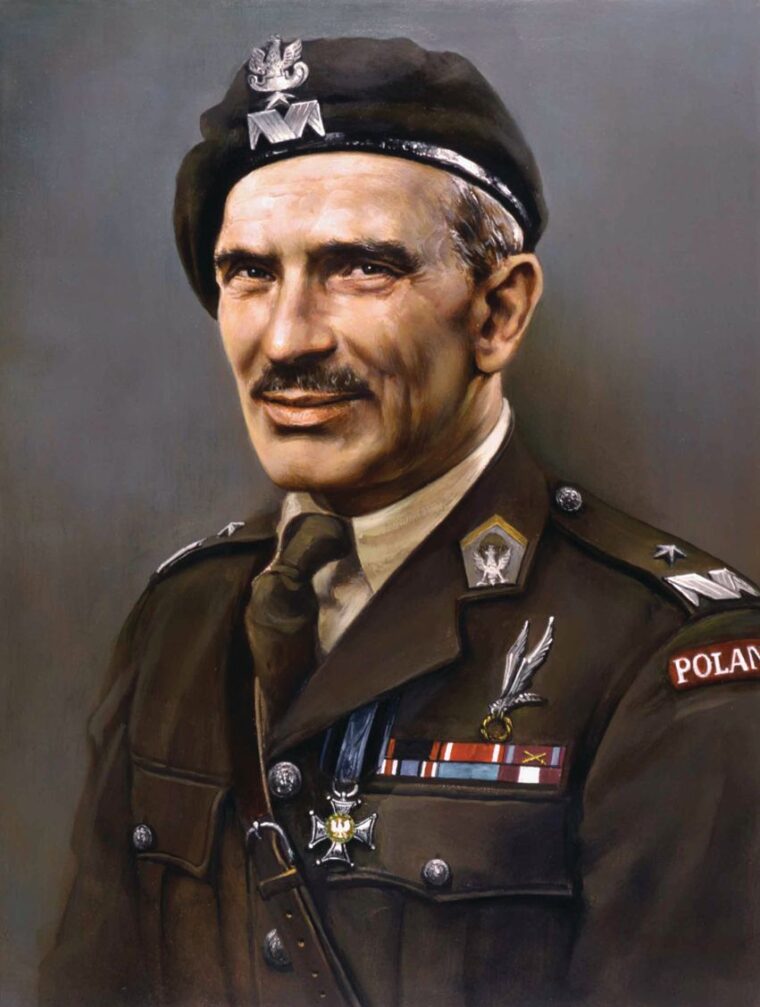
In May 1926, a coup led by Pilsudski was not entirely unexpected by many in the Army. Although Sosabowski had no direct role in the coup, he and many of his colleagues viewed it and the resulting policy of sanacja, or cleansing, as necessary measures to restore order to an increasingly chaotic situation in Poland. Major Sosabowski was a man of his time, viewing democracy as a good idea, but valuing order above all else. While he later became disturbed by some of the tactics Pilsudski used in the crackdown on dissent in 1930, Sosabowski felt that the best way to serve his country was to remain at his post to protect Poland from foreign threats.
Preparing For a Clash With Germany
Over 75 percent of Poland’s borders were in dispute with Czechoslovakia over Teschen, the Soviet Union over the settlement at the Treaty of Riga in March 1921, and most importantly with Germany over Silesia, Danzig, and the Polish Corridor. The disputes with the Czechs and Russians deprived Poland of potential allies that it would soon need against Germany. In spite of the Nazi-Polish Non-Aggression Pact of 1934, Sosabowski and many of his colleagues viewed the rise of Hitler and the announcement of German rearmament in 1935 as the portents of an eventual clash with the Nazis.
Poland sped toward this clash largely due to the disastrous foreign policy of Colonel Josef Beck, Poland’s prime minister. Beck refused to seek allies in the East because of his opposition to Communism and with the Western powers out of paranoia. He left the country vulnerable to the growing German threat. By 1939, after only 20 years of freedom, Poland once again faced disaster. Bereft of friends in the East, it finally did look to the West for salvation.
British Prime Minister Neville Chamberlain and French Premier Eduard Daladier at last awoke to the Nazi menace in early 1939. Believing a German attack on Poland imminent, they drafted a unilateral guarantee of Polish sovereignty on March 30, 1939. Soon thereafter, the British and French governments extended similar guarantees to Greece and Romania against Italian aggression. These guarantees were useless without Soviet leader Josef Stalin’s cooperation, and two attempts were made to secure Soviet military assistance in the event of Axis aggression.
In early July 1939, William Strang, a member of the British Foreign Office, went to Moscow to attempt an alliance with the Soviets. Stalin, insulted by Strang’s lowly status, refused to treat with him. In late July, a joint Anglo-French mission was dispatched to Moscow. This mission, headed by Admiral the Honorable Sir Reginald Plunkett Ernle-Erle Drax and General Duomenc of France, possessed the requisite rank desired by Stalin. French Premier Daladier, sensing impending hostilities, urged Chamberlain to give Drax and Duomenc plenary powers to speed negotiations with Soviet Foreign Minister Vyacheslav Molotov. Chamberlain, however, initially opposed this course and thereby caused a fatal delay. Several weeks were spent in fruitless negotiation until on August 21, 1939, Drax and Duomenc finally received plenary powers from their respective governments.
It was too late. German Foreign Minister Joachim von Ribbentrop beat the Allies to the punch. The Nazi-Soviet Nonagression Pact was concluded the same day and announced to a stunned world on August 23, 1939. A secret codicil to the pact called for a partition of Poland between the Nazis and the Soviets. Poland now faced a two-front war, with no reliable way for the Western Allies to come to its aid.
A Personal Loss for Sosabowski
On September 1, 1939, when Hitler unleashed the Blitzkrieg on Poland, Sosabowski, now a colonel, was in command of the 21st Infantry “Children of Warsaw” Brigade. His unit was on a foot march from Warsaw to the Opingora area, 30 miles from the East Prussian frontier. This march is illustrative of the state of the Polish Army in 1939. There were no trucks to move the men, and the brigade used horse-drawn wagons to transport the medium machine guns and mortars. Such an army stood little chance against the Wehrmacht’s mechanized formations.
The Polish high command ordered Sosabowski’s brigade farther east on September 2 to take up a blocking position on the main road from East Prussia to Warsaw. His 2,000 men held off a German division of 10,000 for 24 hours until German tanks overran Polish units on both sides of his brigade. The brigade retreated west, having marched over 80 miles in the preceding three days. With German units racing down the main road, the brigade traveled by back lanes and cross country.
Constantly bombed and strafed by the Luftwaffe, on September 8 Sosabowski and his men reached Modlin, where they joined other Polish units retreating from the east. Sosabowski drove from Modlin to Warsaw to try to obtain reinforcement and resupply. As he approached the capital, he saw a cloud of dark smoke hanging over the city. The cloud extended to the suburbs and the surrounding countryside. He noted, “Bombers with black crosses on their wings were flying deliberately and steadily over Warsaw, laying waste to the city.”
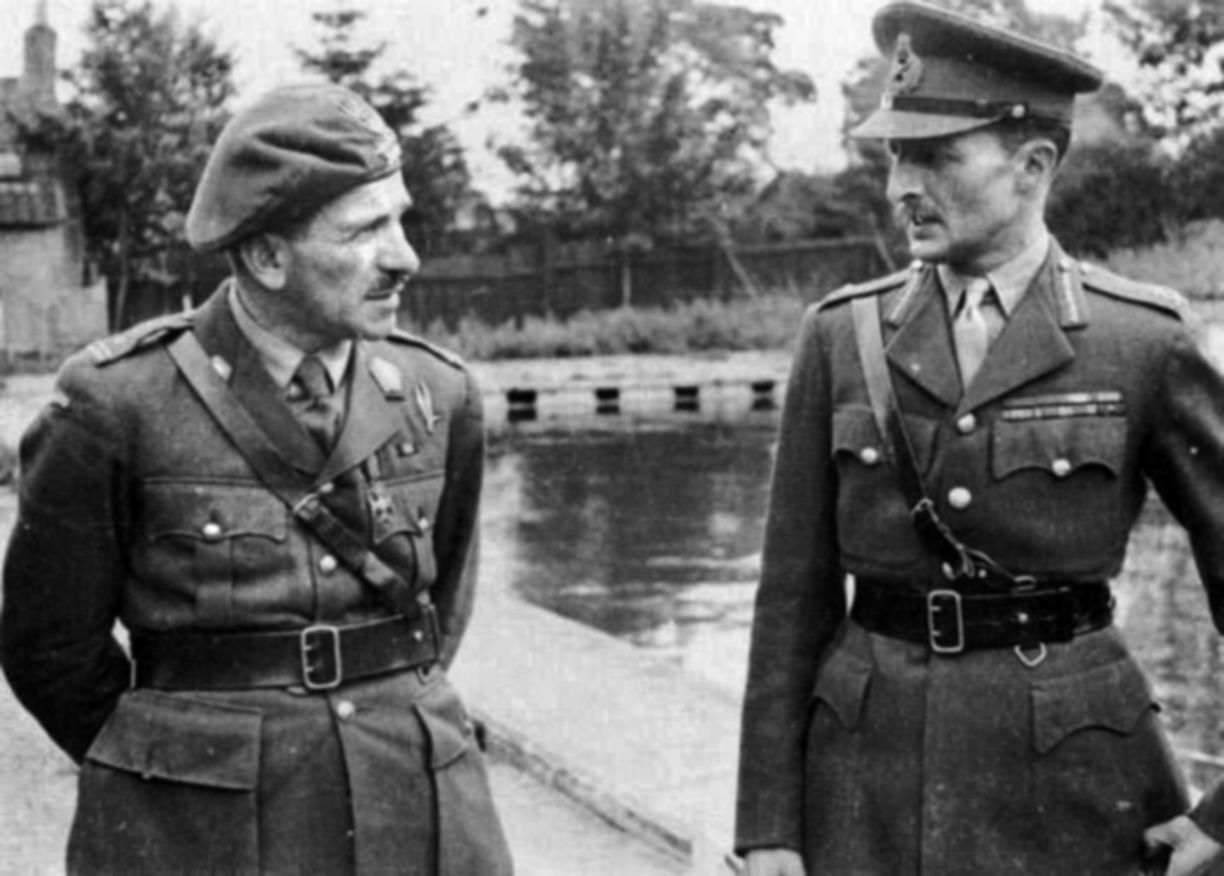
After reporting to headquarters, Sosabowski went to his home to learn the fate of his family. His home was only slightly damaged, and he learned from his maid, Anne, that his wife had left Warsaw to stay with friends in the country. Anne also told him that his son, Peter, a doctor in the Medical Corps, had been killed when the hospital train he was on was bombed by the Luftwaffe. Sosabowski had been very close to Peter.
The news of his son’s death left Sosabowski numb with grief as he headed back to the brigade. On September 10, it was ordered into Warsaw as the Polish commander in chief decided to defend the city. Colonel Sosabowski protested his orders that he march into Warsaw during daylight, having already experienced the effect of German air superiority. Overruled by his superiors, he gained little satisfaction when he was proved right. German planes spotted his men on the road near Jablonna and mercilessly bombed and strafed the brigade, inflicting over 200 casualties on an already sadly depleted unit. On September 14 they finally reached Warsaw, where the men dug in to await the expected German onslaught.
Sosabowski’s Escape
The Germans struck on September 15, with bitter house-to-house fighting ensuing in the already battered city. During a lull in the battle, Sosabowski phoned his housekeeper for news of his wife. Anne informed him that his son Peter was alive. He was one of the few survivors from the hospital train, and he had just been to the house inquiring after his father! The colonel, overjoyed, had little time to dwell on this good news as the Germans renewed their assault. Incessant bombing and shelling of the besieged city destroyed the water mains and ignited fires that blazed out of control.
On September 20, Sosabowski and his son reunited at the Central Train Station, which was serving as a field hospital. They parted to attend to their respective duties, their tear-filled reunion bolstering their spirits during this dark time. On September 25, and again on the 26th, Nazi bombers came in the hundreds. Warsaw became an inferno; men, women, and children were torn apart by the blasts of high explosives, while the city center became an unrecognizable mass of rubble.
On September 27, the guns and planes fell silent as the Polish surrender and the Soviet invasion from the East were announced to Sosabowski’s troops. German troops disarmed Sosabowski and his men along with the rest of Warsaw’s defenders and marched them west toward an unknown fate. At an overnight rest stop near the town of Ochota, Sosabowski, along with his son, managed to escape from their captors with the help of a Private Chotum.
Chotum hid father and son at his mother’s apartment while he contacted the Polish underground movement. The underground provided false papers for Peter, who went to work as a doctor in a civilian hospital in Warsaw. The colonel was provided with a new identity as a laborer and smuggled out of Poland to Hungary, reaching Budapest on December 16. The Polish embassy there arranged for him to travel by rail to Paris, which he reached on December 21.
Commander in the Free Polish Army
In Paris, Sosabowski briefed the exiled Polish Premier Wladyslaw Sikorski on the state of the underground movement and the German occupation. He was then assigned to the staff of General Kazimierz Sosnkowski, the deputy commander, who was organizing communication, supply, and contacts for the underground. A few weeks of staff work was enough to drive both the colonel and his superiors crazy, and he gratefully accepted transfer to command of the 1st Polish Division. The division was being constituted with officers who had escaped from Poland and soldiers recruited from the half million Poles who worked in the coal mines and heavy industry of northern France. Their new leader spent the next two months organizing and training them.
Just before the division went into the Maginot Line on April 15, 1940, Sosabowski left for an advanced artillery training course under French auspices. This fortuitous change allowed him to avoid the fate of the 1st Division, which marched into German captivity when France capitulated in June 1940. On June 19, with French surrender imminent, Sosabowski gained passage aboard the British freighter Abderpool along with 3,000 refugees, most of whom were Poles once again fleeing the Nazis.
Reaching England on June 22, Sosabowski took command of the 1st Polish Infantry Brigade, just returned from the abortive Norwegian Campaign. The brigade quartered in Glasgow, Scotland, and was assigned the defense of the city for the expected German invasion of the British Isles. When Hitler declined to launch Operation Sea Lion, the invasion of Great Britain, in the summer of 1940, the brigade was stripped of its transport and its best officers and troops to form the 1st Polish Rifle Brigade, which was to aid the British in the Western Desert against Italian forces. Sosabowski performed various administrative tasks, becoming increasingly frustrated by the lack of a combat assignment. He took solace in the exploits of the Polish pilots serving in the Royal Air Force during the Battle of Britain.
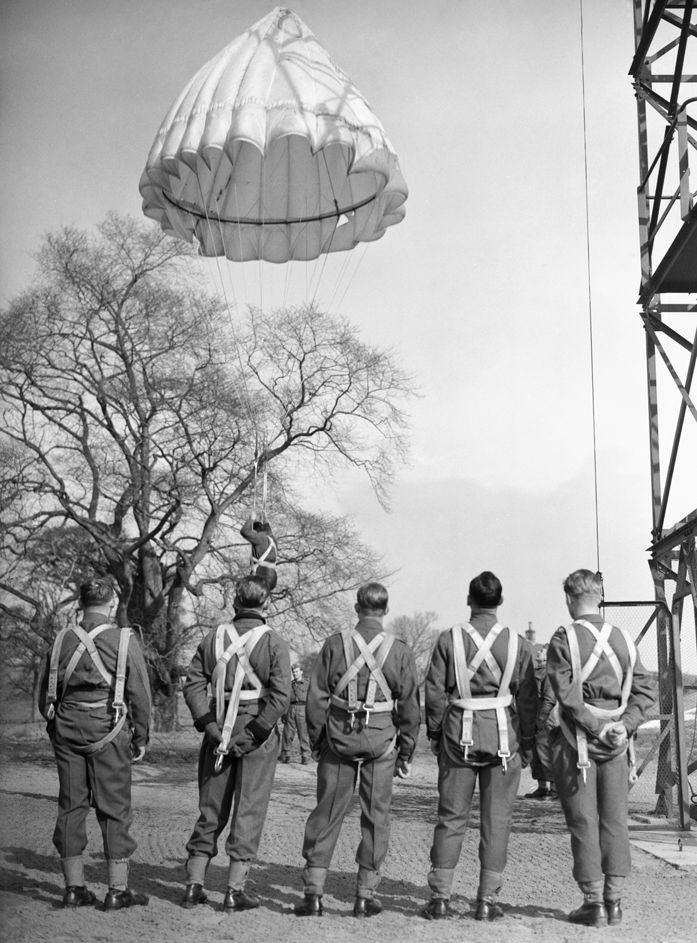
1st Polish Independent Parachute Brigade
In February 1941, after a long and frustrating winter, Sosabowski took charge of a training cadre and was told by London that he could send 20 officers to a parachute course at Ringway Airfield near Manchester. Entirely on his own authority and with the aid of Squadron Leader Maurice Newnham, the RAF commander at Ringway, Colonel Sosabowski sent hundreds of officers and men for parachute training. In this way he formed the 1st Polish Independent Parachute Brigade. The Polish and British high commands, upset with the colonel’s methods, had to accept the de facto existence of this new unit. Sosabowski and his officers longed to lead their men back to Poland.
The Polish Parachute Brigade set up headquarters and training at Largo House, in Scotland. Their leader, though 50 years old, completed the required eight parachute jumps for qualification as a paratrooper. The training regimen that the colonel set up gained such a reputation that Largo House came to be known as “a Hell on Earth.” Recruitment remained a problem as there was stiff competition among the manpower-short Polish units.
Sosabowski extracted a promise of an allotment of 300 Poles from General Sikorski, the Polish commander in chief. When they arrived in September 1942, however, the colonel was appalled by their condition. Many were unfit to be in the Army, let alone the Parachute Brigade. Their physical condition after months of starvation and lack of exercise in concentration camps had left them weak and emaciated. They were given special rations and extra vitamins, and their health slowly improved. In six months, most of them qualified as parachutists.
At the end of 1942, General Sikorski and General Sir Alan Brooke, the British chief of the Imperial General Staff, agreed that the Polish Parachute Brigade would remain under direct Polish command, to be used only in Poland. This agreement made the brigade the only Polish unit independent of British Army command. The British high command later reneged on the agreement, causing great resentment among the Poles.
Almost before the ink was dry on the Sikorski-Brooke agreement, General F.M. Browning, commander of British airborne forces, began lobbying for the Poles to be put under his command. Sosabowski, now a major general, was then forced into a bureaucratic fight to maintain the independence of his unit in hopes of eventually using it in Poland. This fight, along with the hope of a free postwar Poland, was dealt a tragic blow when, on July 4, 1943, an aircraft carrying General Sikorski and his party crashed at Gibraltar, killing everyone on board. Sikorski had been a guiding star amid the chaos and disaster that his people suffered. His replacement, General Sosnkowski, possessed neither the prestige nor the ability to maintain Polish freedom of action.
On March 14, 1944, the Polish cabinet in London, under pressure from British Prime Minister Winston Churchill, decreed that the Parachute Brigade could be used in Western Europe, dashing Sosabowski’s hopes for participation in the liberation of his homeland. The Poles came under General Browning’s command and were kept in reserve along with the British 1st Airborne Division during the Normandy landings and the resulting stalemate in the bocage country in June and July 1944.
The Western Front: An Unpopular Destination For the Poles
The Allied breakout from Normandy in late July led to a rapid advance along a broad front. A German rally at the end of August was greatly aided by Allied supply difficulties. These difficulties were primarily the result of the length of the advance and the German strategy of leaving garrisons behind to hold major French ports. The fact that the Allies were denied the use of Dunkirk, Calais, Boulogne, and Le Havre, as well as the large ports of Brittany, for an extended period became a powerful indirect brake on the Anglo-American offensive.
In mid-September 1944, the Allied high command decided to attempt to outflank the Germans in Holland to clear the way for a fresh drive by the British Second Army across the lower Rhine and into the Ruhr, the industrial heart of Germany. Thus was born Operation Market-Garden. The 1st Allied Airborne Army, under the command of General Browning, consisted of the British 1st Airborne Division, the 1st Polish Parachute Brigade, and the U.S. 82nd and 101st Airborne Divisions. The 101st Division was assigned the capture of two canal bridges and one small river bridge north of Eindhoven. The 82nd came next with the more difficult task of, first, securing the Groesbeek Heights which threatened both their right flank and that of the subsequent ground advance, and then capturing the major bridges over the Maas and Waal Rivers at Grave and Nijmegen.
Finally, the British 1st Airborne and the Polish Brigade were to capture the main road bridge, railway bridge, and pontoon bridge over the lower Rhine at Arnhem. The ground operation would be carried out by General Miles Dempsey’s British 2nd Army, with General Brian Horrocks’s XXX Corps in the lead. In all, an airborne carpet of 33,000 men, 60 miles long, was to open a corridor along which 2nd Army would advance, reaching Arnhem at the end of the third day.
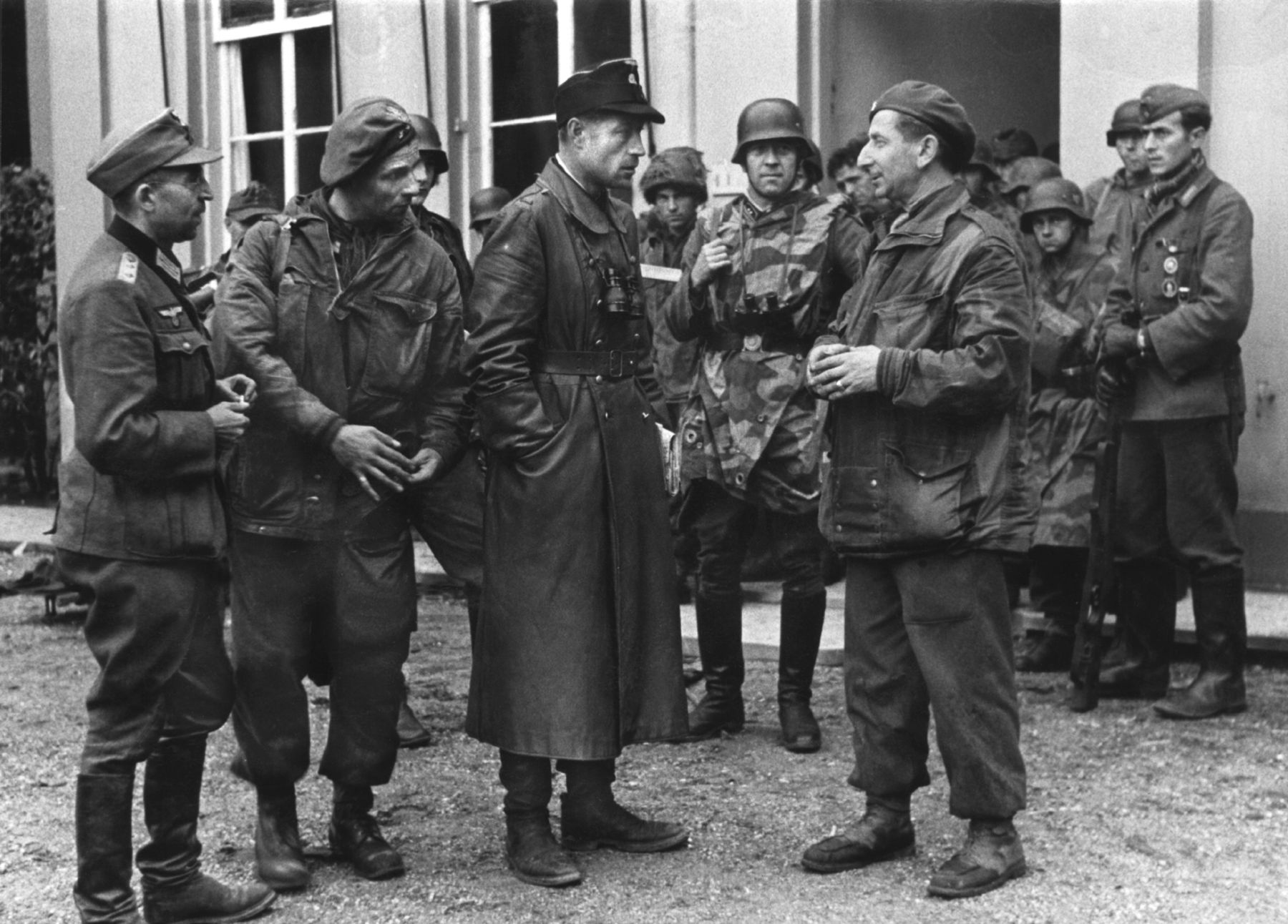
The Poles under Sosabowski were in a foul mood by September 1944. The Warsaw Uprising, which had started in August, was in the process of being crushed while the Red Army stood at the gates of the city. The Polish Home Army requested that Polish Army headquarters in London dispatch the Parachute Brigade to aid in the uprising. The Russians rejected the use of their airfields for this and for any resupply of the Home Army.
General Sosabowski never liked the Market-Garden plan. He felt that the British underestimated the German reaction to the threat that this operation posed to their position on the Western Front. Subsequent events proved him right while costing him his command.
Montgomery’s Scapegoat For Market-Garden
The Allies launched Operation Market-Garden on September 17, 1944. German reaction, after overcoming the initial shock at the size of this, the largest airborne operation of World War II, was swift and decisive. Field Marshal Walter Model, the new German commander in the West, rallied his troops all along the airborne corridor. Faulty Allied intelligence failed to detect the presence of the 9th and 10th SS Panzer Divisions refitting in the Arnhem-Eindhoven area.
The British 1st Airborne Division landed practically on top of the 10th SS Panzer division. The British paratroopers seized the northern end of the Arnhem road bridge, but without heavy weapons the tanks and assault guns of the SS squeezed them into a small pocket, which shrank by the hour. The U.S. 82nd and 101st Divisions gained their objectives, but the ground advance of XXX Corps proved agonizingly slow due to the narrowness of the road and German resistance.
The Polish Brigade dropped into the Arnhem area on the third day of the battle. Unfortunately, the Germans already controlled their landing zones and they received a hot reception. Sosabowski formed a small enclave with his surviving troops on the south shore of the Rhine while awaiting the arrival of XXX Corps. The Poles made several attempts to ferry men across the river to assist the British. They had only a few inflatable rafts, and the width and swiftness of the Rhine at this point made their efforts largely futile. Only 200 of the Poles reached the British, while the remnants of the 1,699-man Polish Brigade were fighting for its survival.
After 10 days, the British 1st Airborne withdrew from Arnhem in a night crossing of the Rhine, covered by the guns of XXX Corps and the Poles. Of the division’s original complement of 10,000 men, only 2,000 escaped. The British, especially Field Marshal Bernard Montgomery, who had conceived Market-Garden, found a convenient scapegoat in General Sosabowski. In spite of the fact that the Poles suffered 25 percent casualties—with some units losing 40 percent—while covering the withdrawal of the British, the British high command accused Sosabowski of not doing enough to aid the 1st Airborne.
After two months of pressure from Churchill, on December 9, 1944, Wladyslaw Raczkiewicz, the Polish president in exile, relieved Sosabowski of his command. The letter he received gave no reason for the dismissal and even praised Sosabowski for “the merits of your service in this post and your proven character on the battlefield.” The Polish Brigade went on a hunger strike at Christmas to protest the removal of their commander and only ceased after an impassioned plea by Sosabowski.
A Man Without a Country
The men of the Polish Parachute Brigade never went to Poland as they had been promised by the British. Instead, they were sent to Germany as part of the Allied occupation force at the end of the war. The Poles served in Germany until 1947, when the brigade returned to England to be disbanded. Most of the veterans remained in England along with their former commander. Sosabowski chose not to trust his fate to the new Soviet-sponsored Polish government. His wife and his son Peter, who had been blinded by a grenade while fighting in the Warsaw Uprising, joined him in England.
In September 1946, the Communist Polish government stripped Sosabowski of his Polish citizenship. He spent the next two decades literally as a man without a country, working in a factory for an electronics firm in a suburb of London. He died in 1967. Thus, a man who had spent his life fighting for Polish independence lived out his days in exile, while Poland once again suffered under foreign domination.
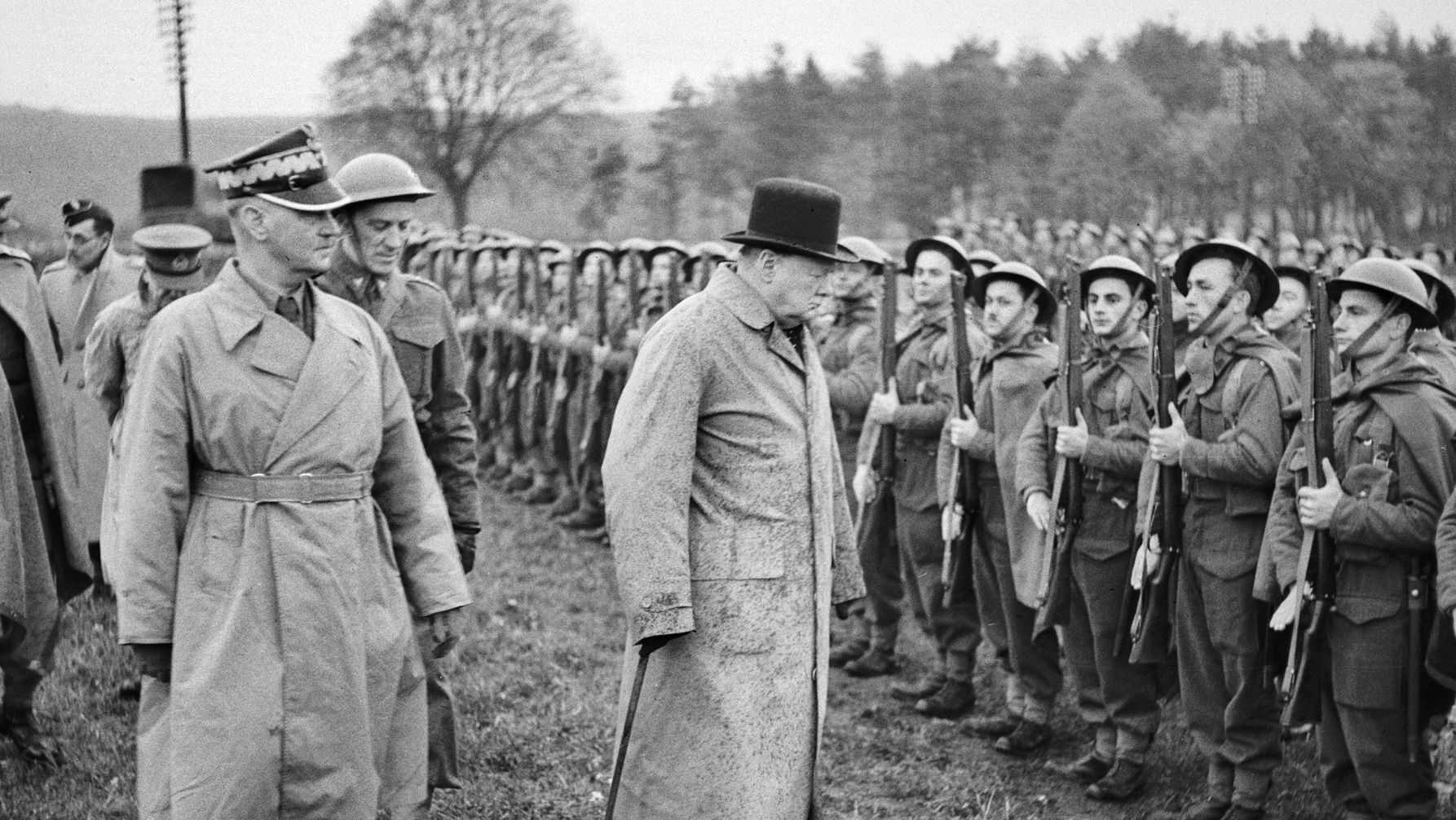
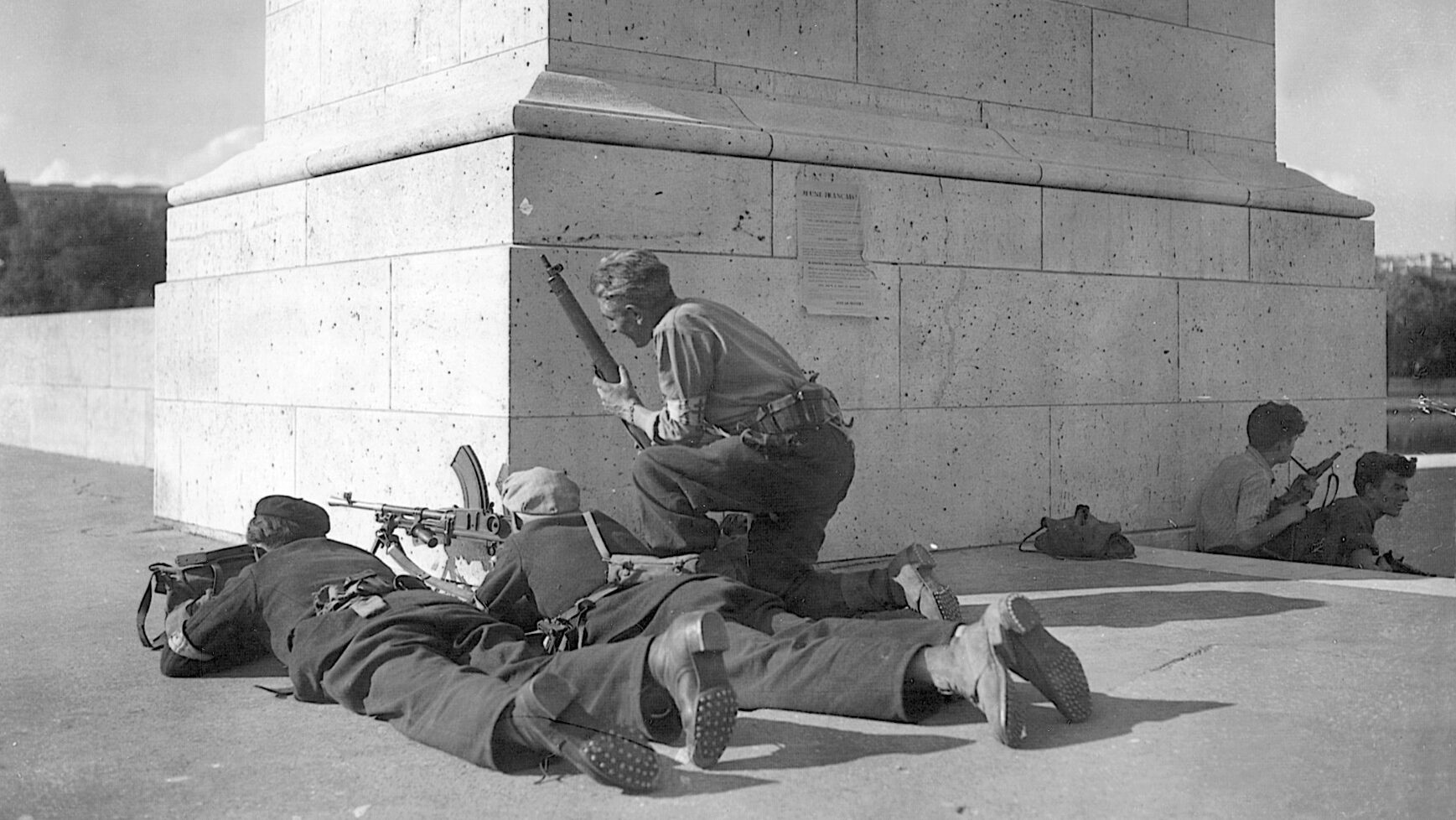
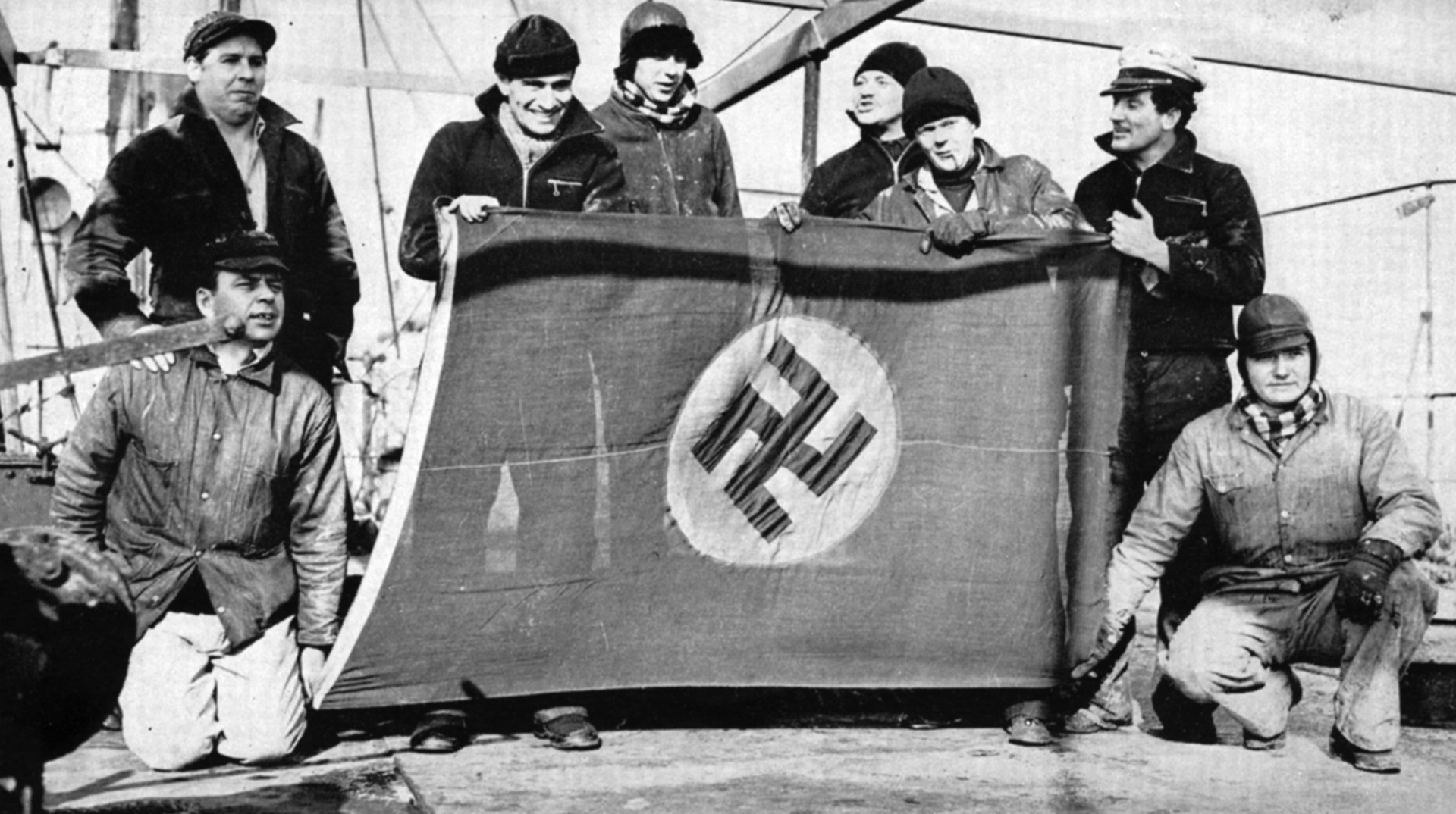
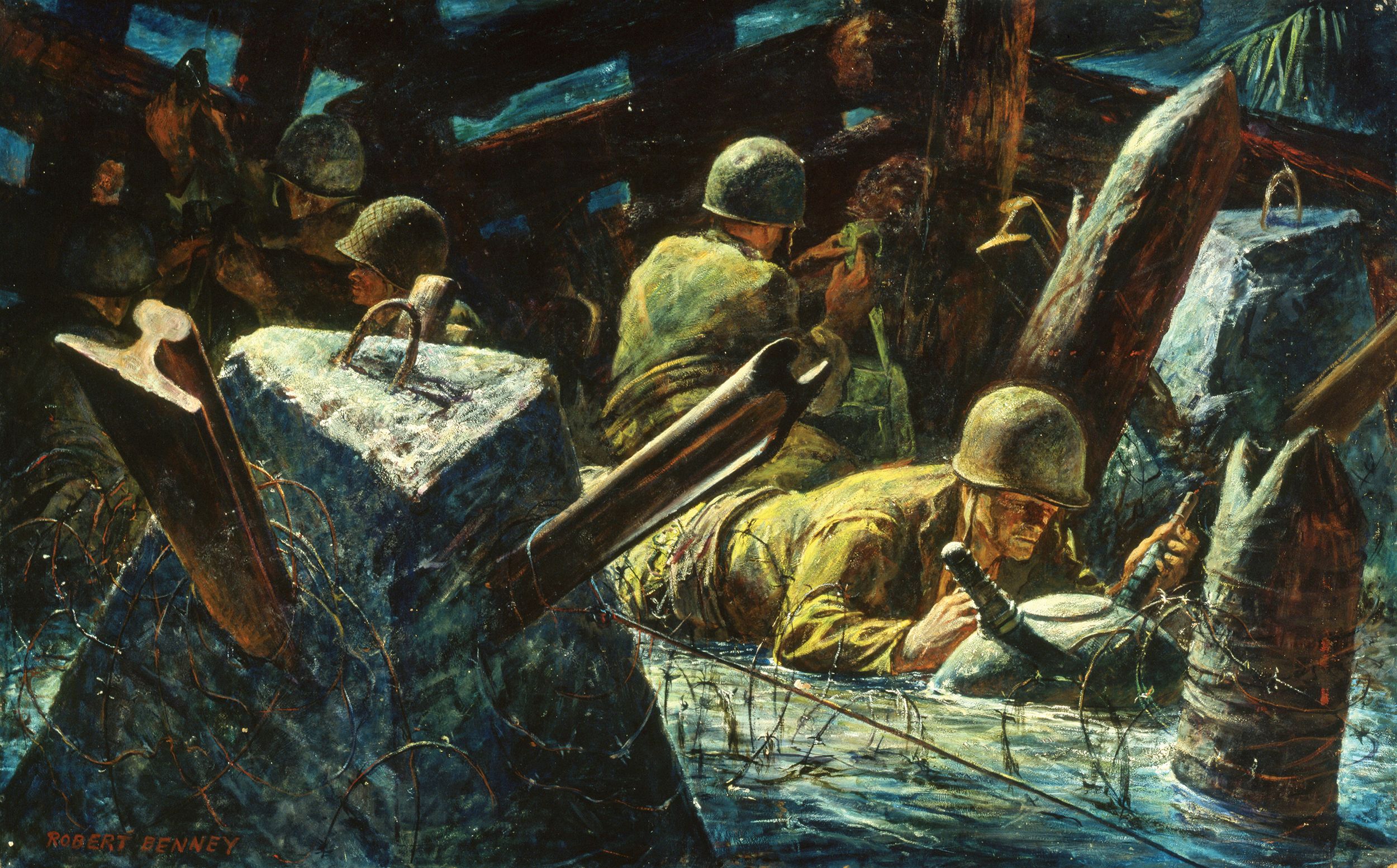

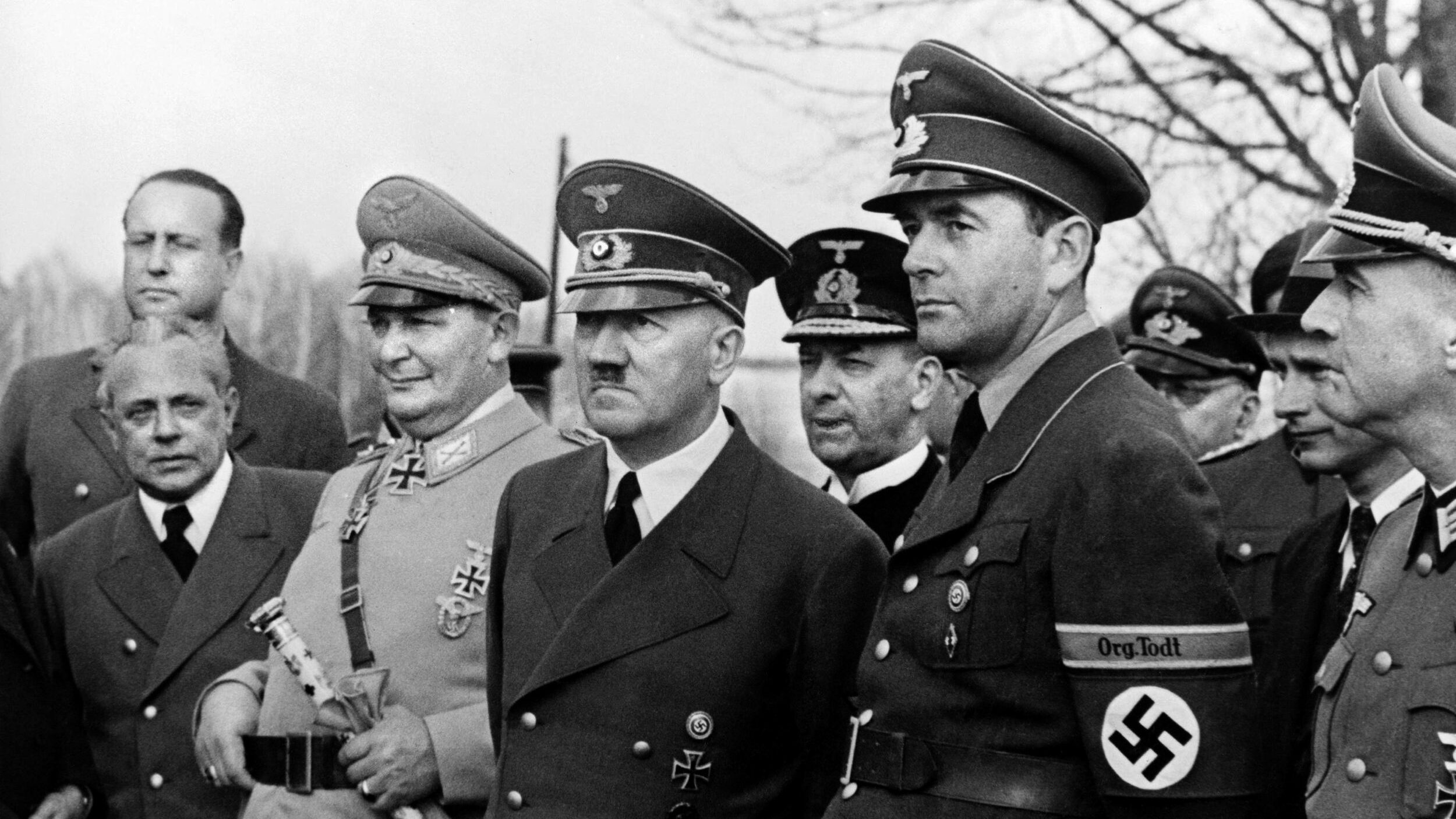
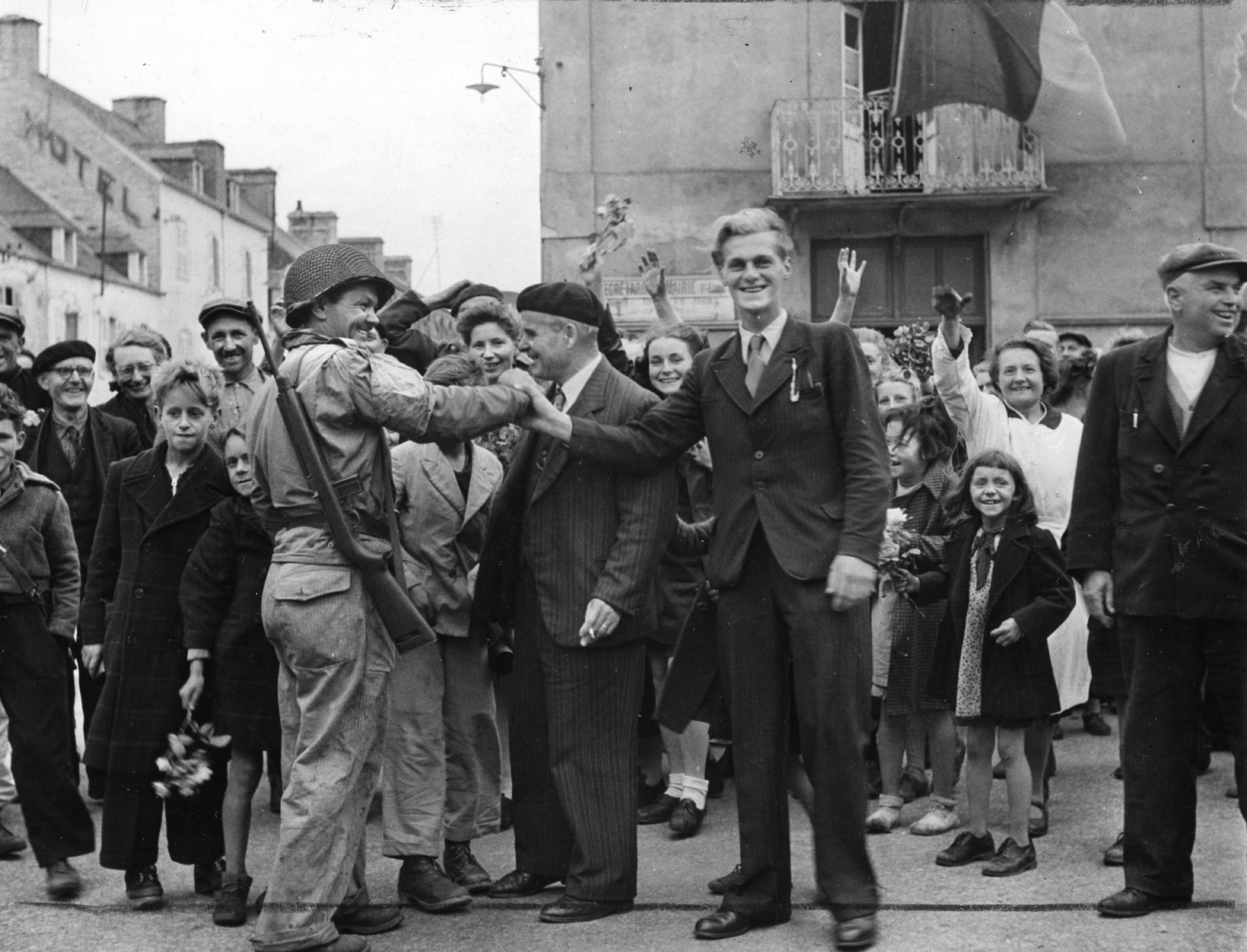
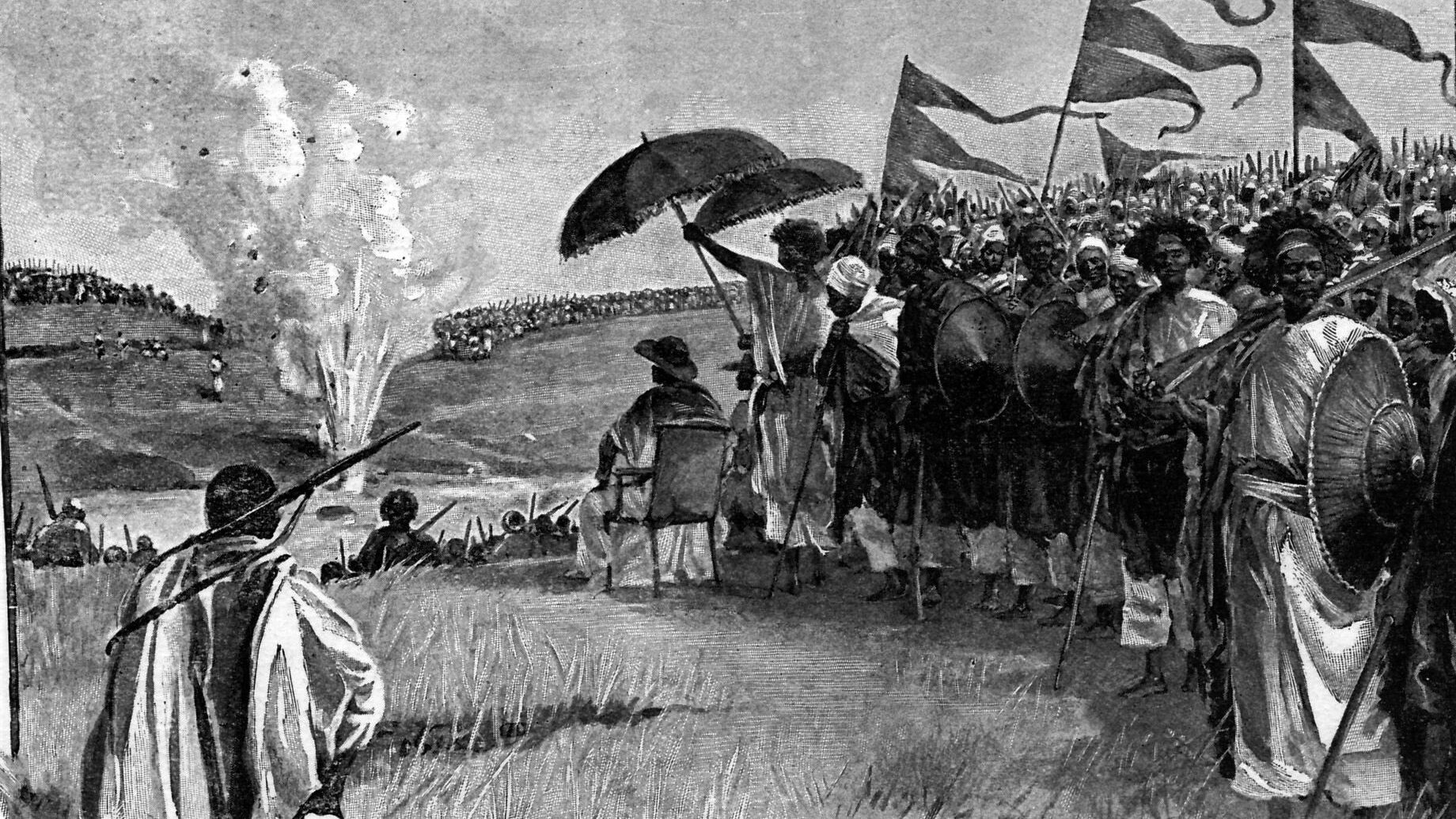
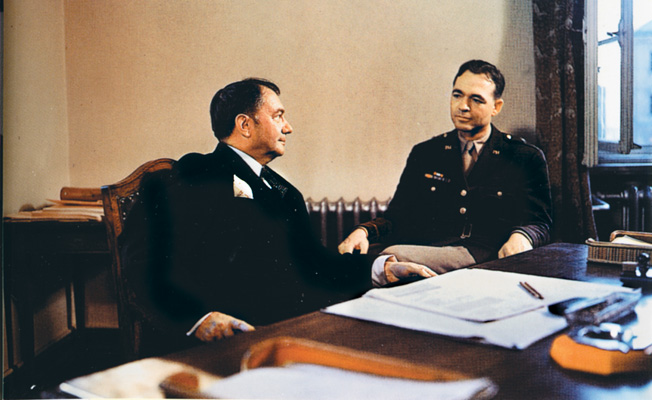
It would appear to me that the Poles have routinely been used as a convenient tool by which governments from both east and west during periods of conflict. The Poles have however been traditionally loyal to western governed and it pains me to see how Sasobowski was treated. Often guarded by events of the past and how Poles were treated and often used as pawns and in such disregard, I feel Sasobowski was absolutely correct in challenging allied authorities place over his command and those decision by those Allie’s that might place he, his soldiers and, for that matter, the Polish people in jeopardy. I don’t there was a better example of this than his role as leader of the Polish Brigade during battle for Arnhem which was clearly a debacle from the very start.
Some half truths as usual about Market Garden.
Firstly, the main reason that 30 Corps were late was because 82nd AB did not take their key objective, Nijmegen Bridge. It was mainly down to the Grenadier Guards who took it, not the 504th PIR. But that delay proved crucial.
Sosabowski was not simply removed because he was a scapegoat, he was very difficult to work with and was quite rebellious.